Mitchell Toy: Melbourne Cup Day’s rich hidden history
Australia’s ‘drunkest race’ has rich traditions including puking in rose bushes and losing shoes, but it’s also about the horses. Here are five things you didn’t know about the Melbourne Cup.
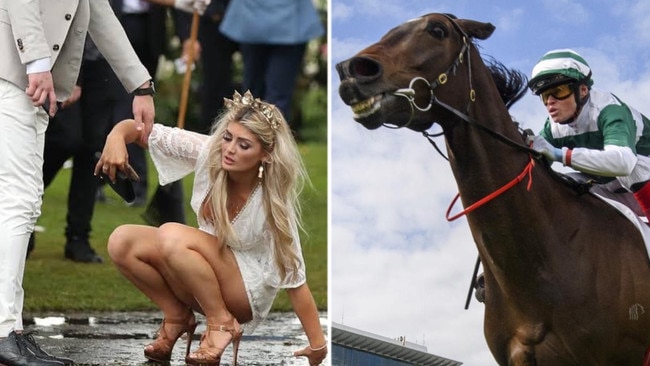
Victoria
Don't miss out on the headlines from Victoria. Followed categories will be added to My News.
I wouldn’t want to be on the Metro cleaning team just after the Melbourne Cup.
If you want to go to the race but can’t afford the price of admission, just get on the train at 5pm on the second Tuesday in November and the atmosphere will come to you.
Australia’s Drunkest Race is steeped in rich traditions such as throwing up in rose bushes and losing shoes, but it also has a fair bit to do with horses.
Here are five things you might not have known about the Melbourne Cup and its 162-year history.
(1) The trophy was so ugly, the winner sold it immediately
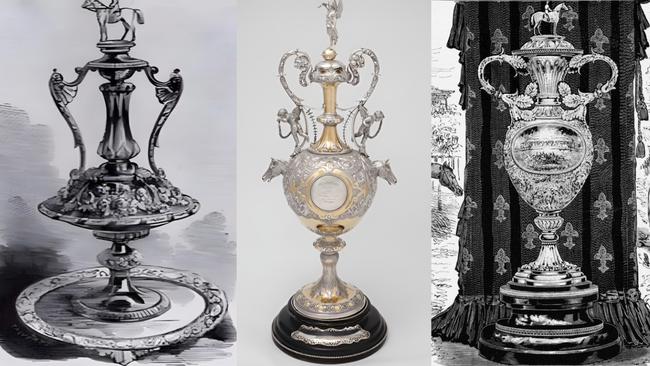
The sleek, three-handled trophy that is now an icon of the race didn’t appear until 1919.
Prior to that, trophies were a real mixed bag, and sometimes weren’t awarded at all.
The winner of the first ever Melbourne Cup in 1861 was awarded a gold watch, and the other early victors were given purses full of money.
But in 1865 the trophy stirred controversy.
Cup-winning owner, Mr Marshall, thought the English-made prize was so intolerably ugly, he sold it almost straight away to the Flemington Hunt Club.
They put a new engraving on it, and recycled it as their annual cup.
It is now, curiously, owned by wine company Wolf Blass.
(2) It costs $50k to get to the starting line
Can just anyone put a horse in the Melbourne Cup?
As it so happens, no.
First is the initial $600 initial entry fee, then $960 on first acceptance, then $1450 for second acceptance, then $2,450 for third acceptance, and finally a whopping $45,375 for final acceptance, just a few days before the race.
All this means the horse owners must spend the price of a top-end Camry just to get the runner to the starting line, and must have a lot of luck in the process.
As the field is whittled down to 24, horses are balloted out based on various factors including their win and place history.
A win in certain preceding races, including the Cox Plate and Caulfield Cup, earns the horse an exclusion from the ballot and secures their place in the Melbourne Cup.
(3) But if you win, you received $4.4m
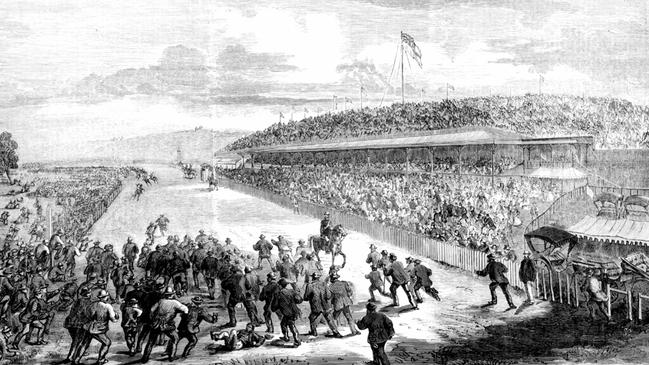
The prize money dished out in the Cup totals $8 million, including $4.4 million for the winner.
Of that, $220,000 goes to the jockey and $440,000 goes to the trainer.
The owner is also awarded the iconic gold trophy worth $250,000.
Second place gets $1.1 million, third place gets $467,500, fourth gets $297,500 and fifth gets $195,500.
Then, remarkably, horses that place sixth to twelfth each get $160,000.
That means you’re bound to make a tidy sum if you manage to beat at least half the field.
I like those odds.
Jockeys are also entitled to a fee for riding the horse on the day, which is usually a couple of hundred dollars – enough to shout a few sorrow-drowners if they place thirteenth to twenty-fourth.
The amount of Melbourne Cup prize money has been steadily increasing over the year, up from a total of $1 million in 1985 and $3 million in 2000.
The late Bart Cummings won 12 Melbourne Cups among many other racing achievements as a trainer, massing a fortune in winnings.
(4) A child once won it
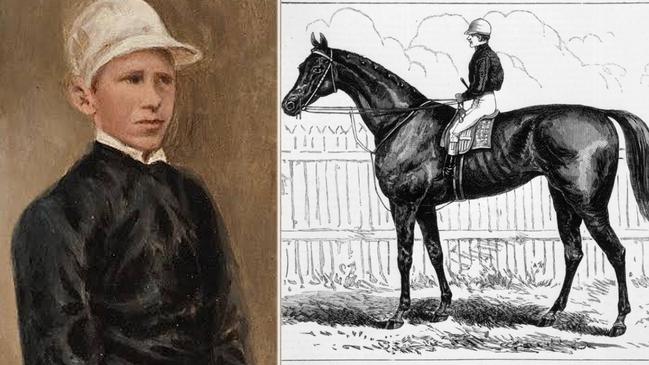
In 1876, Peter St Albans rode Briseis to victory in the Melbourne Cup, eight days shy of his twelfth birthday.
His age was officially listed as 13, perhaps to dodge restrictions.
The lad spent eight more years in the saddle before a fall during a race in Sydney forced him to become a trainer.
Tragically St Albans, whose birth name was Michael Bowden, died at the age of 33.
His funeral in Geelong attracted hundreds of mourners and he is buried at the Eastern Cemetery.
(5) Go for a jockey wearing black on barrier five
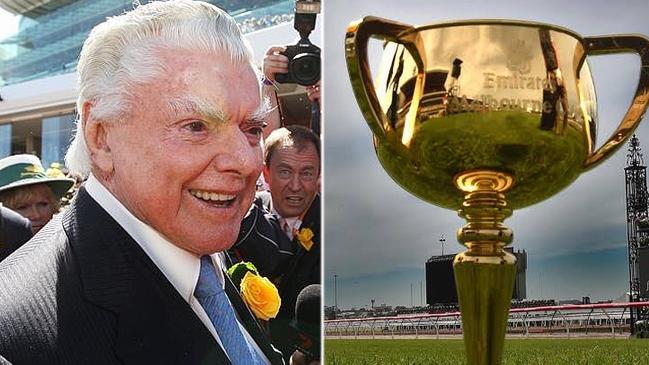
More Cup-winning jockeys have worn black than any other colour, and dark blue is the next most successful.
In the past century, eight Melbourne Cup winners have started from barrier 5, making it the most successful.
For more than a century and a half, no horse starting at barrier 18 won the Melbourne Cup.
The curse lifted in 2021 when Verry Elleegant claimed victory from the eighteenth slot, 160 years since the first Melbourne Cup.
In the past 40 years, no horse has won the race from barriers 24, 23, 15 and 6.




